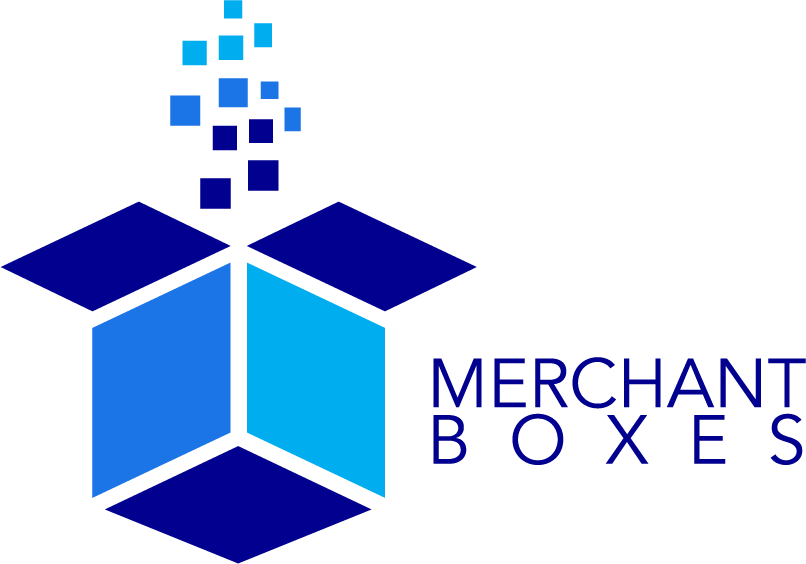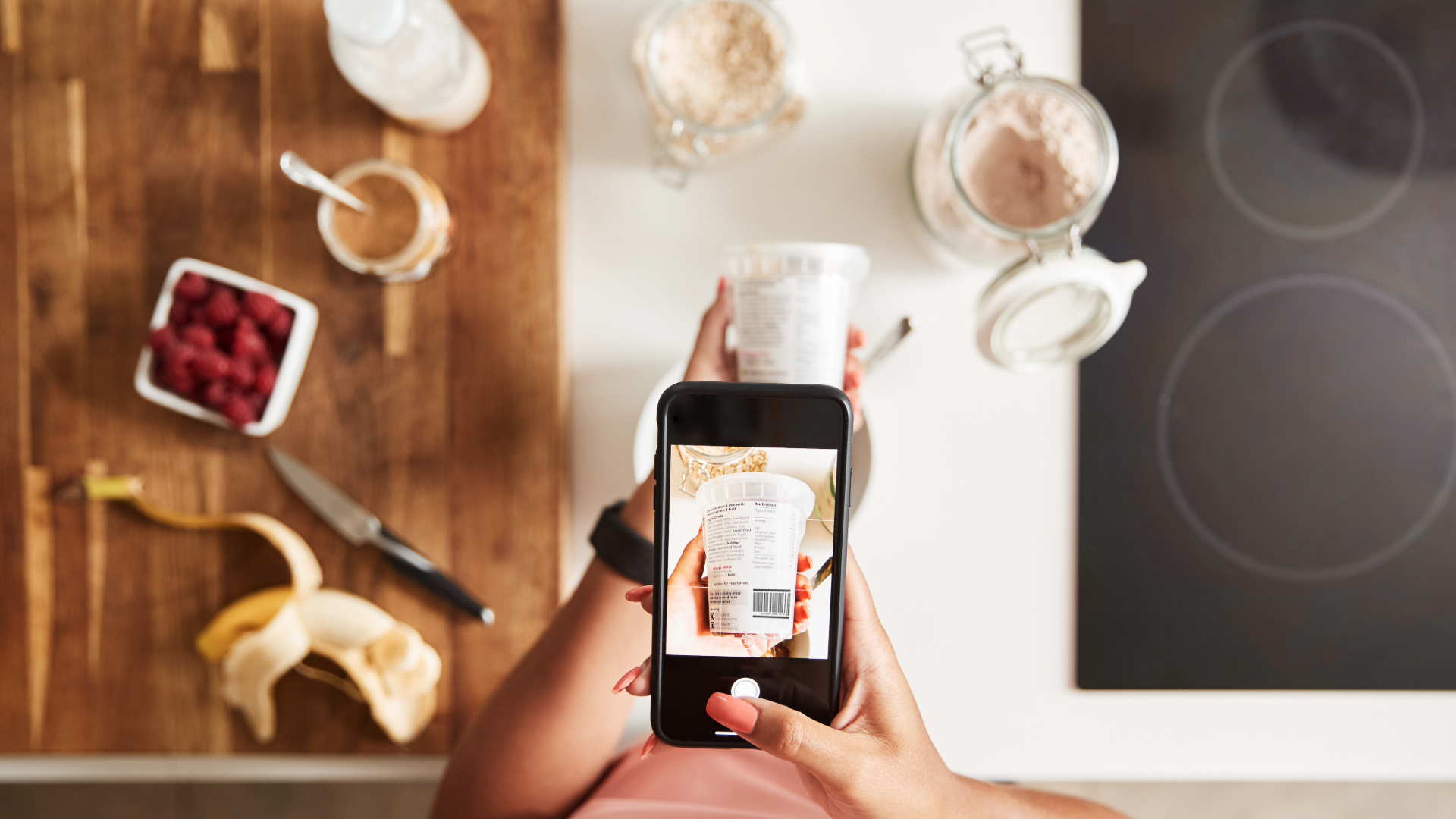8 Trends Revolutionizing Consumer Engagement in 2024
Packaging is more than a vessel to carry a product, it is a marketing tool, storyteller, and experience creator. Brands should be taking the time to create packaging that not only looks stunning or cool but also expresses who they are as a brand. In 2024, there are plenty of packaging trends that can be capitalized on. In this blog, we have compiled a list of some of our favorite trends that we see in the industry.
1. Bold Typography:
Typography speaks volumes, and in 2024, brands are making a statement with bold, expressive lettering. Whether it's sleek sans-serif fonts or playful handwritten scripts, typography draws customers in, expressing brand personality and exuding confidence. Envato Elements said it well when they stated this trend “is perfect for making a statement or communicating a message using minimal design elements.”
2. Interactive Packaging:
In an age of digital connectivity, packaging becomes an interactive experience. QR codes, augmented reality (AR), and NFC tags bridge the gap between physical and digital realms, offering consumers a deeper engagement with products through immersive storytelling, product tutorials, or interactive games.
Interactive packaging doesn’t have to be completely digital though. It can be a box that transforms into something functional. Interactive packaging can also be materials that invoke the senses like smell, touch, and even taste with edible packaging.
3. Bold Colors and Patterns:
In a highly competitive retail space, using bright colors, bold shapes, and saturated pastels can help a brand stand out. Vibrant hues and striking patterns push energy and personality into packaging designs. From electric neons to rich jewel tones to heavily saturated pastels, bold colors captivate the eye and evoke emotions, while dynamic patterns add depth and visual interest, making products pop on the shelves. Vistaprint described saturated pastels as “youthful, but no less impactful” and hyper-contrast as a “stark juxtaposition to seize attention.” Brands that want to exude happiness, fun-loving, and youthfulness should be using bright colors and even colors that don’t seem to go together.
4. Minimalist Packaging:
Less can be more in the world of packaging design. Minimalist packaging embraces simplicity, with clean lines, uncluttered layouts, and understated elegance. By stripping away excess elements, minimalist packaging communicates purity, sophistication, and a focus on the essentials. Minimalist designs can be especially seen in the cosmetic industry or when trying to communicate a sense of luxury into packaging. However, remember that minimalist does not mean colorless! Minimalist designs can still have beautiful colors that grab customers’ attention.
5. Rustic, Earthy, Organic Packaging:
Inspired by nature's beauty, rustic and earthy packaging designs evoke a sense of authenticity and connection to the earth. Raw textures, organic materials, and earth-toned color palettes bring warmth and simplicity to packaging, appealing to consumers seeking natural, eco-friendly products. Using packaging with an organic feel can help a brand feel more handmade and bring it away from a mass production feel. Brands that want to be perceived as natural, organic, healthy, and “small batch” should take advantage of this type of packaging.
6. Sustainable Materials:
As more consumers are becoming more environmentally conscious and looking for sustainable solutions, brands are turning to eco-friendly materials to reduce their environmental impact. Biodegradable plastics, recycled paper, and plant-based alternatives offer a greener alternative to traditional packaging, aligning with consumers' growing eco-consciousness.
7. Transparent Packaging:
Transparency breeds trust, and transparent packaging allows consumers to see exactly what they're getting. Clear windows, see-through panels, and transparent materials offer a glimpse of the product inside, conveying honesty, freshness, and quality assurance. Brands can also use transparency to create stunning visuals with the front of the packaging being see-through with a beautiful design being able to be seen behind the product.
8. Texture:
Texture adds depth and dimension to packaging, engaging the senses and enhancing the tactile experience. From smooth finishes to textured surfaces, strategic use of texture creates visual interest and communicates product attributes, inviting consumers to touch, feel, and connect with the packaging on a deeper level.
Conclusion
Packaging design is a powerful tool for brands to captivate audiences, convey brand identity, and drive consumer engagement. By embracing different trends in the packaging space, brands can create packaging experiences that resonate with consumers and leave a lasting impression in the competitive retail landscape of 2024 and beyond.
Sources:




